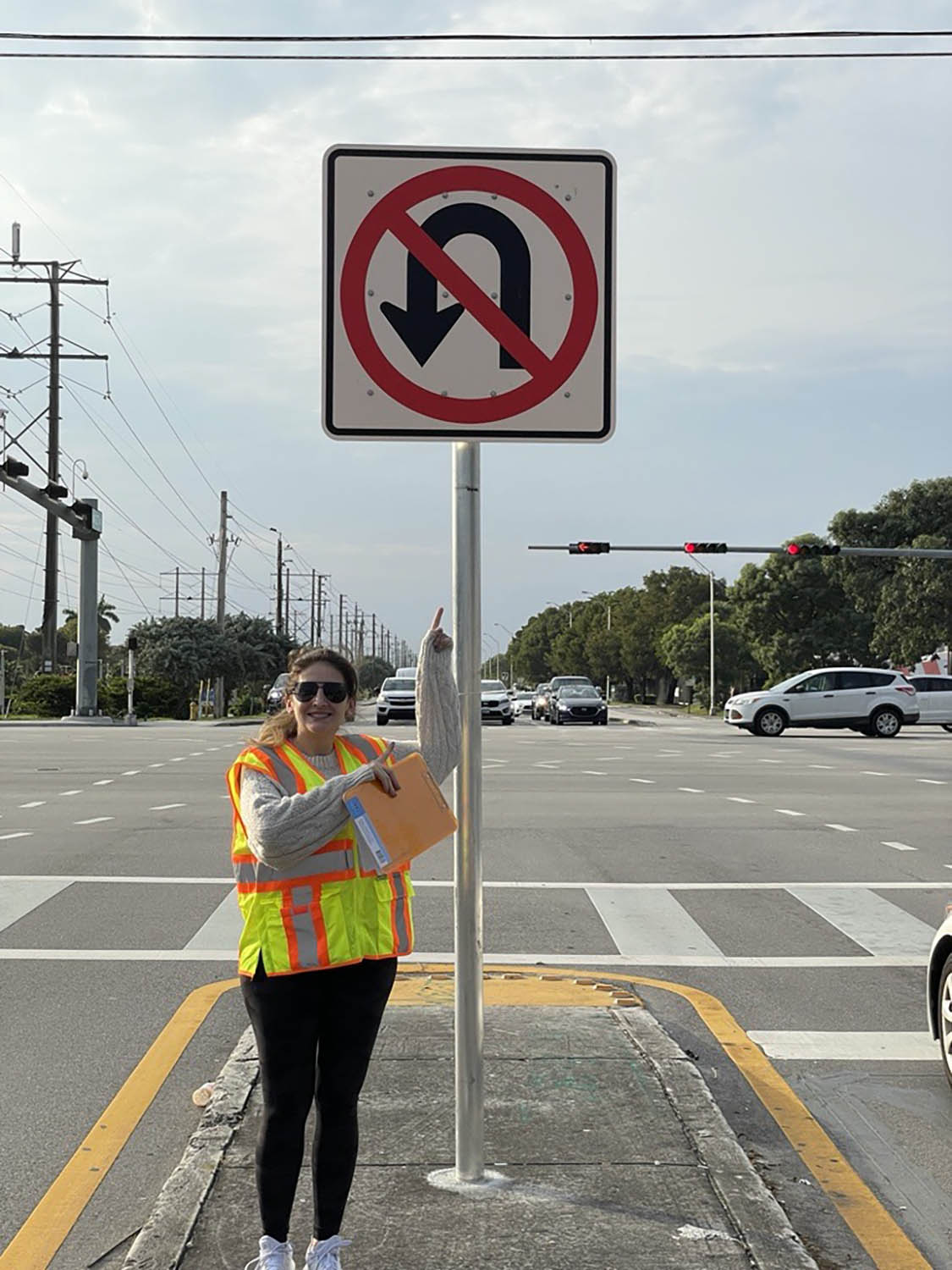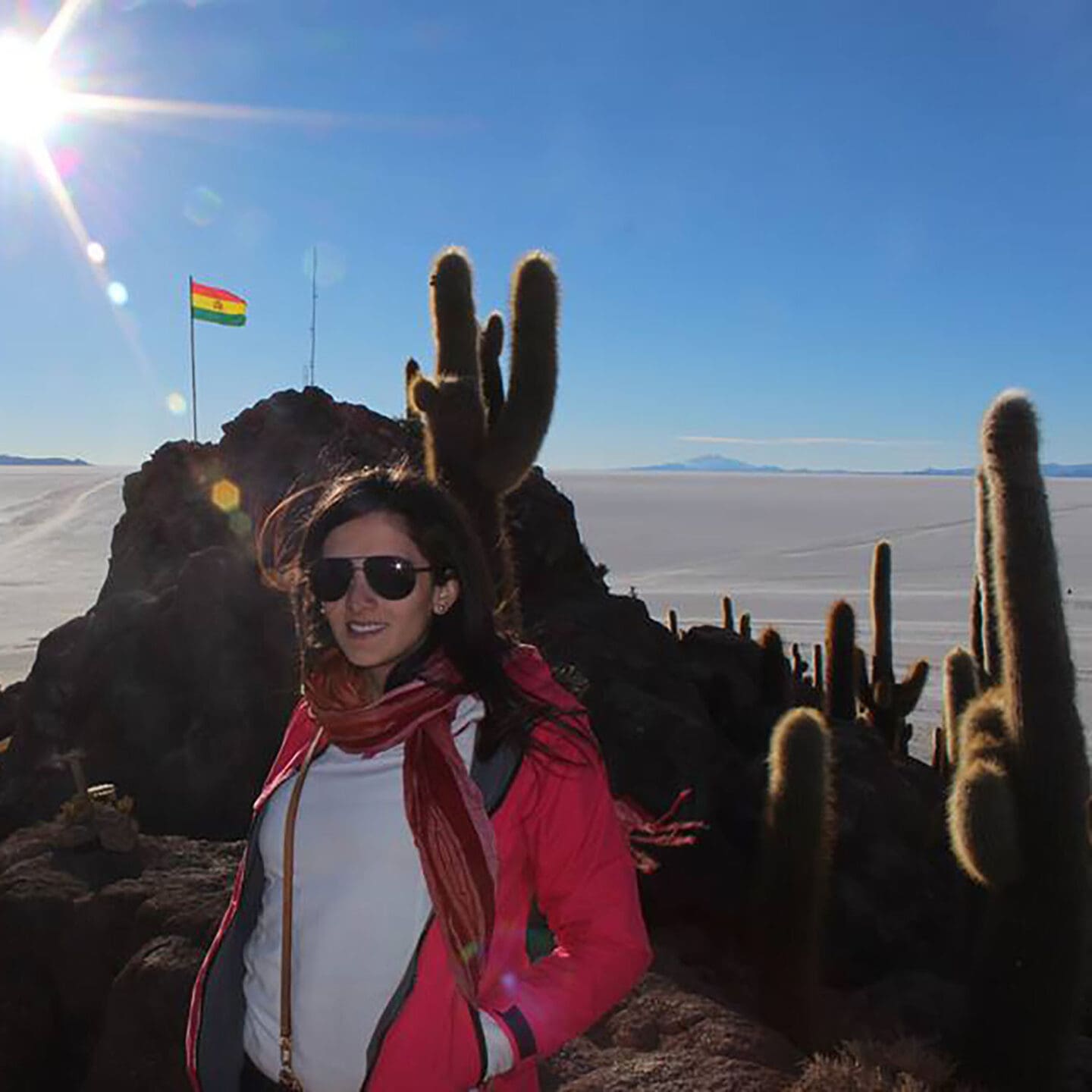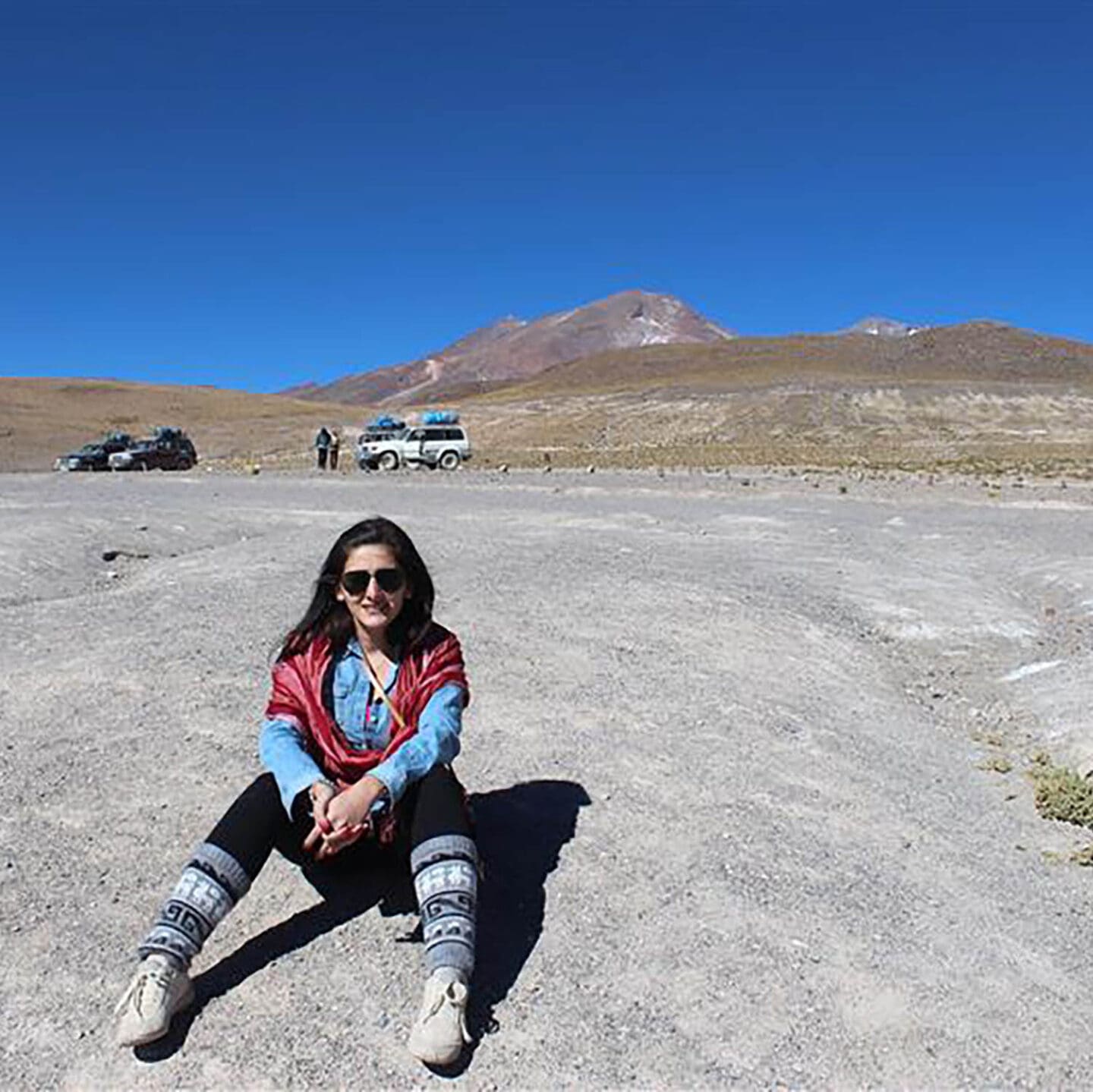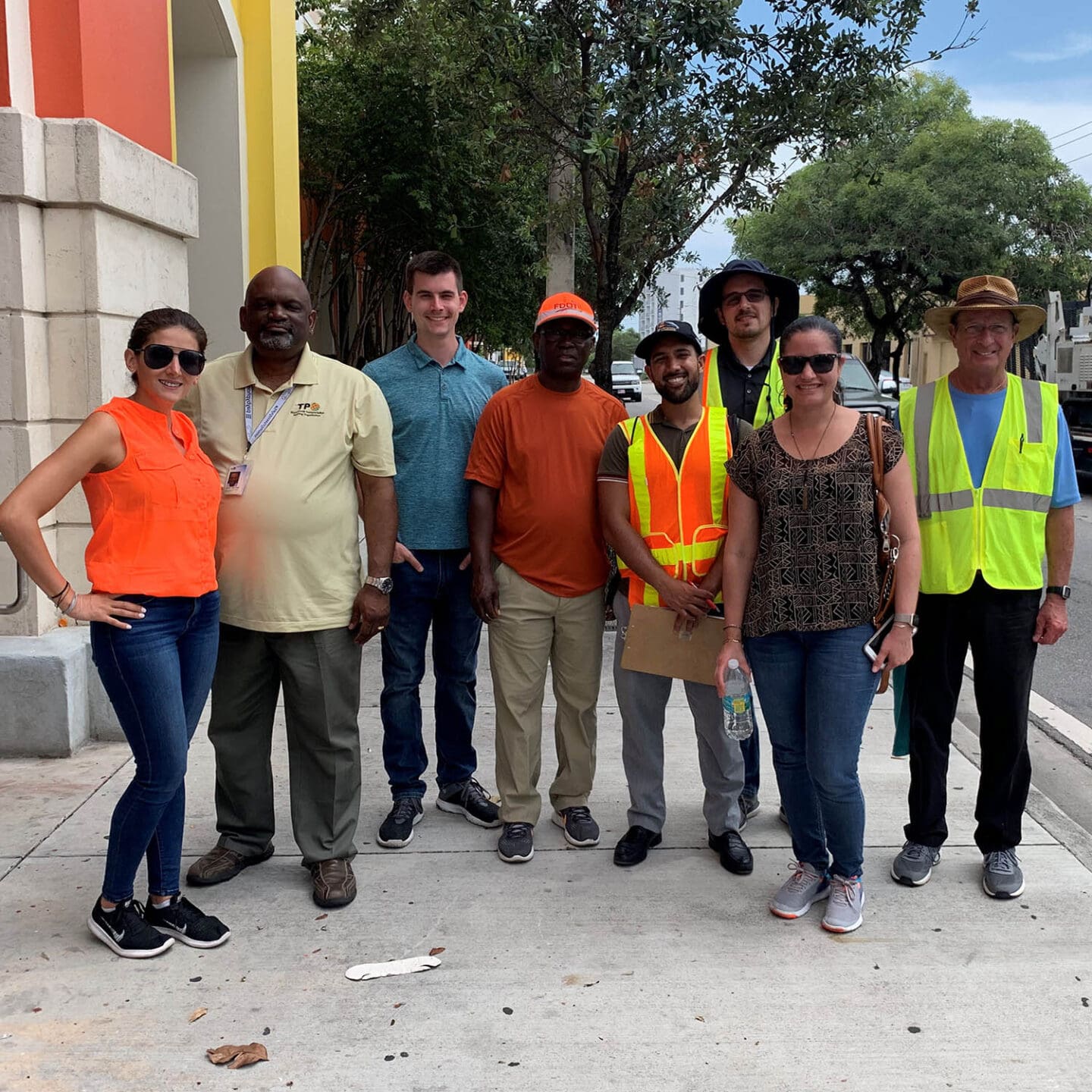“The feeling of seeing your contributions shape projects and improve communities in meaningful ways, is hard to describe—it’s a deep source of pride and joy.”
We’re an interconnected nationwide team, but we each have our own reasons for being passionate about the work we do. This month, get to know Benazir Portal, associate engineer in our Miami office.
What’s your background and how did you become a transportation professional?

I’m originally from La Paz, Bolivia. When I moved to the U.S. for college, I thought I would finish my studies and return home. I chose a career in engineering because of my love of math and science. Out of the various engineering fields, I explored what aligned with my personality. I’ve always been a social person and found myself energized when spending time with family and friends—I saw civil engineering as a field with collaboration at its core and many opportunities to work in an engaging and dynamic environment.
Initially, I thought I would go into structural engineering because of the challenges and opportunities with the Bolivian topography. However, as I progressed in my studies, I found limited room for innovation within structural engineering—not to mention the economic and political environment in Bolivia made my return less attractive. Eventually, one of my professors introduced me to transportation engineering, and I realized how dynamic and varied the field was, with many opportunities to innovate and what the wild card, human factor, can introduce. The not-so-subtle differences in roadway infrastructure and mobility options compared to where I grew up sparked my passion for transportation; I appreciated the uniformity and consistency that signs, signals, and even interchange spacing create when moving here but also suffered from not having an array of mobility options and felt the dependency on a car-centric lifestyle which reminded me of the 6-year-old independent Bena taking public transportation. The variability, opportunities, and potential for creative problem-solving drew me to transportation.


What do you find most rewarding in your work?
My work has focused on traffic operations and safety problem-solving at the project level. The most rewarding part is seeing the safety and operations countermeasures we recommend on the ground—including traffic signal adjustments, midblock crosswalks, speed limit changes paired with speed management strategies, and determining the appropriate bicycle infrastructure. It’s incredibly fulfilling to see what we recommend implemented in a relatively short time frame. I love showing my family projects I’ve contributed to when they visit Florida and say, “I worked on that,” or “Did you know there are guidelines to design this traffic control device?”
Knowledge of traffic operations and safety intricacies at the project-level scale has also allowed me to support updating statewide policy on these subjects. The feeling of seeing your contributions shape projects and improve communities in meaningful ways is hard to describe—it’s a deep source of pride and joy. Not to mention the relationships developed with the team.
What skills and qualities do you think are essential for success as a transportation engineer?
First, I believe it’s important to have an open mind. I originally thought I’d become a structural engineer, but I allowed myself to explore other paths, ultimately leading me to transportation. In our field, problem-solving is critical, and it’s essential to approach problems from different angles without a rigid solution in mind.
Second, attention to detail is crucial. In any data-driven field like transportation engineering, missing details can undermine the validity of your findings.
Finally, having a hunger for problem-solving and innovation is key. The field is always evolving, and those who continue to push for better solutions, even if it means challenging established processes, are successful and can stay relevant as the industry evolves. We can’t afford to stick with the same approaches for decades; we have to constantly seek more efficient, safer ways to solve problems.


In your 12 years of experience in the industry, what are the biggest lessons you’ve learned that you can pass on to others?
One of my biggest lessons is that it takes a village to complete a project. No matter how skilled you are technically, the true impact comes from working with and training your team, leveraging client skills, and getting everyone on the same page. It takes time, and there can be friction, but ultimately, the collaborative approach yields the best results. Success, in my view, is measured by the impact you can have on your community, team, or client.
What excites you most about the future of transportation?
I’m excited about emerging technologies in transportation engineering, especially with safety lenses. Over the last decade, transportation safety has become a central focus. We have seen heightened awareness, organizational cultural shifts to prioritize safety, and dedicated funding to reduce fatal and severe injury-related crashes. As a transportation consultant, I’m fascinated by the potential to help shape the conversation around integrating new technologies (ITS, GIS, probe data, micro-transit systems, etc.) and improve existing traffic engineering policies, urban planning efforts, and countermeasure identification at the project level.
